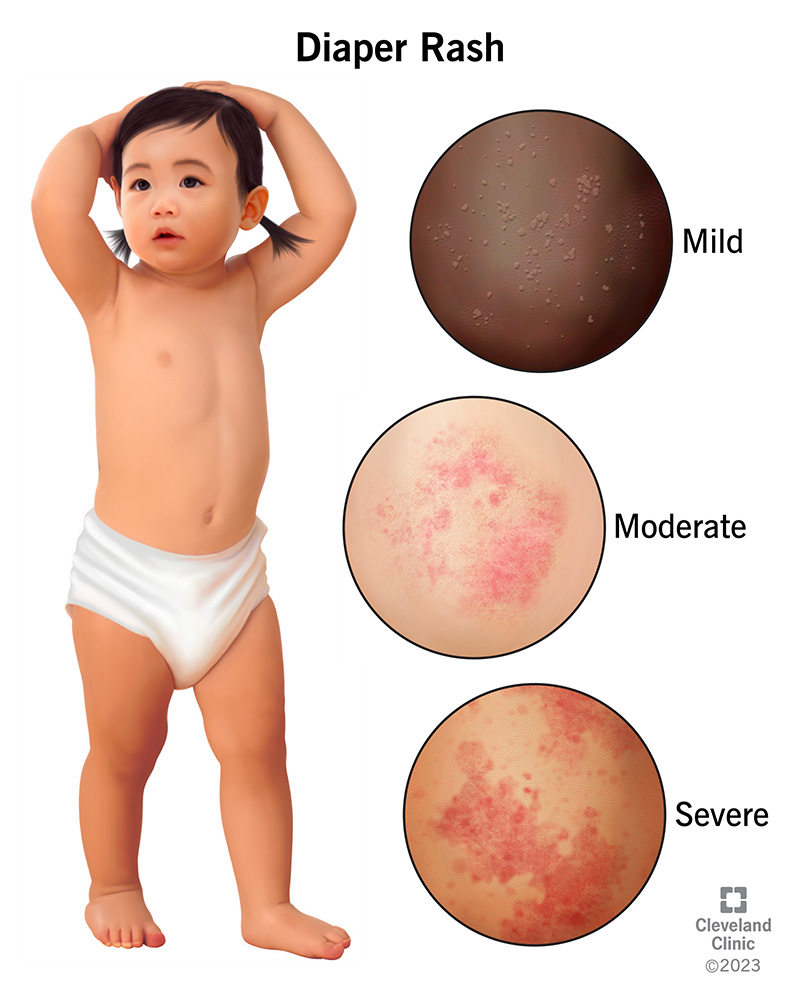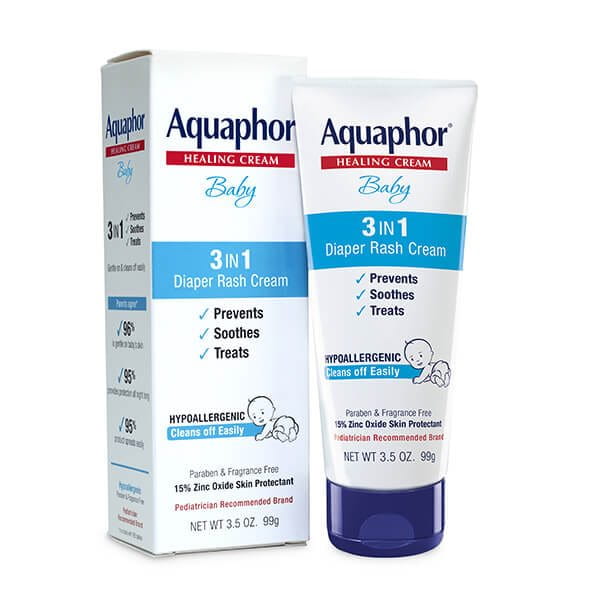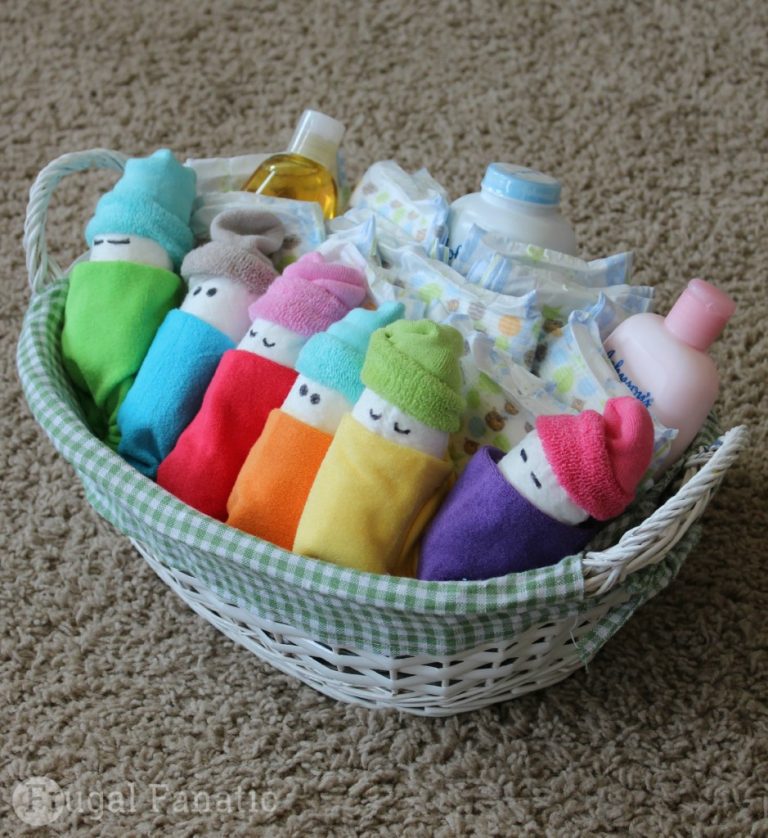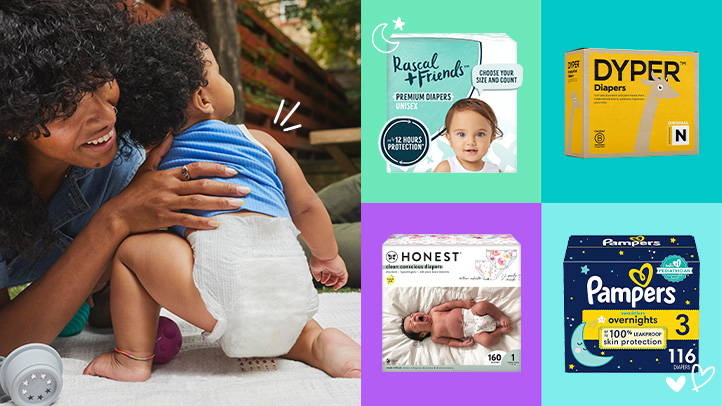What is Baby Diaper Rash?: Causes, Symptoms, and Solutions
Baby diaper rash is a common skin irritation in infants. It occurs due to prolonged exposure to moisture and friction.
Diaper rash often appears as red, inflamed skin in the diaper area. It can cause discomfort and crying in babies. The primary causes include wet diapers, chafing, and sensitivity to diaper materials. Frequent diaper changes and proper hygiene can help prevent diaper rash.
Applying barrier creams or ointments can protect the skin. Keeping the diaper area clean and dry is crucial. Parents should monitor for signs of infection, such as fever or pus. If the rash persists, consulting a pediatrician is advisable. Proper care ensures a happy, healthy baby and reduces diaper rash risk.
Introduction To Baby Diaper Rash
Baby diaper rash is a common problem for many parents. This skin irritation can cause discomfort for your baby. Understanding its causes and concerns can help in managing it effectively.
Common Concerns
Parents often worry about diaper rash. Here are some common concerns:
- Red, inflamed skin
- Baby’s discomfort and crying
- Possibility of infection
- Frequent rash occurrences
Why It Happens
Diaper rash occurs due to several factors. Here are the main causes:
| Cause | Description |
|---|---|
| Wet Diapers | Prolonged exposure to moisture irritates the skin. |
| Friction | Diapers rubbing against the skin can cause rash. |
| Infrequent Changing | Dirty diapers left on too long lead to irritation. |
| Allergies | Some babies react to diaper materials or wipes. |

Credit: www.whattoexpect.com
Causes Of Diaper Rash
Understanding the causes of diaper rash helps in its prevention and treatment. Diaper rash, a common issue, results from various factors. This section explores the main causes.
Irritants
Irritants are a primary cause of diaper rash. These can include prolonged exposure to wet diapers, stool, and urine. The moisture and waste products break down the skin, causing redness and pain.
Other irritants include fragrances and chemicals in baby wipes or diapers. These substances can lead to skin inflammation. Ensuring frequent diaper changes and using mild products can help.
Infections
Infections are another key cause of diaper rash. Bacteria and fungi thrive in warm, moist environments. Diapers provide the perfect setting for these microorganisms.
Yeast infections are common in diaper areas. The skin turns red and may develop small bumps. Keeping the area dry and clean helps prevent infections.
Allergies
Allergies can also lead to diaper rash. Babies may react to certain materials or products. Diaper fabrics, detergents, or lotions can cause allergic reactions.
Identifying and avoiding the allergen is crucial. Using hypoallergenic products can reduce the risk of allergic reactions.
Symptoms To Watch For
Baby diaper rash can cause discomfort for your little one. Recognizing the symptoms early helps in treating it effectively. Below are the key symptoms to watch for:
Redness
Redness is the most common sign of a diaper rash. The skin may appear bright red or pink. Look for this redness in the diaper area, including the buttocks, thighs, and genitals. This irritation often indicates the start of a diaper rash.
Swelling
Swelling is another symptom that may accompany redness. The affected skin can become puffy and tender to the touch. Swelling can cause additional discomfort for your baby. Keep an eye out for any signs of inflammation.
Blisters
Blisters are a more severe symptom of diaper rash. Small, fluid-filled bumps may develop on the irritated skin. These blisters can burst and lead to open sores. Open sores can become infected, so it’s important to treat them promptly.
| Symptom | Description |
|---|---|
| Redness | Bright red or pink skin in the diaper area. |
| Swelling | Puffy and tender skin, often causing discomfort. |
| Blisters | Small, fluid-filled bumps that can burst and form sores. |
Recognizing these symptoms early can help you provide relief for your baby. Consult with a pediatrician if symptoms persist or worsen.
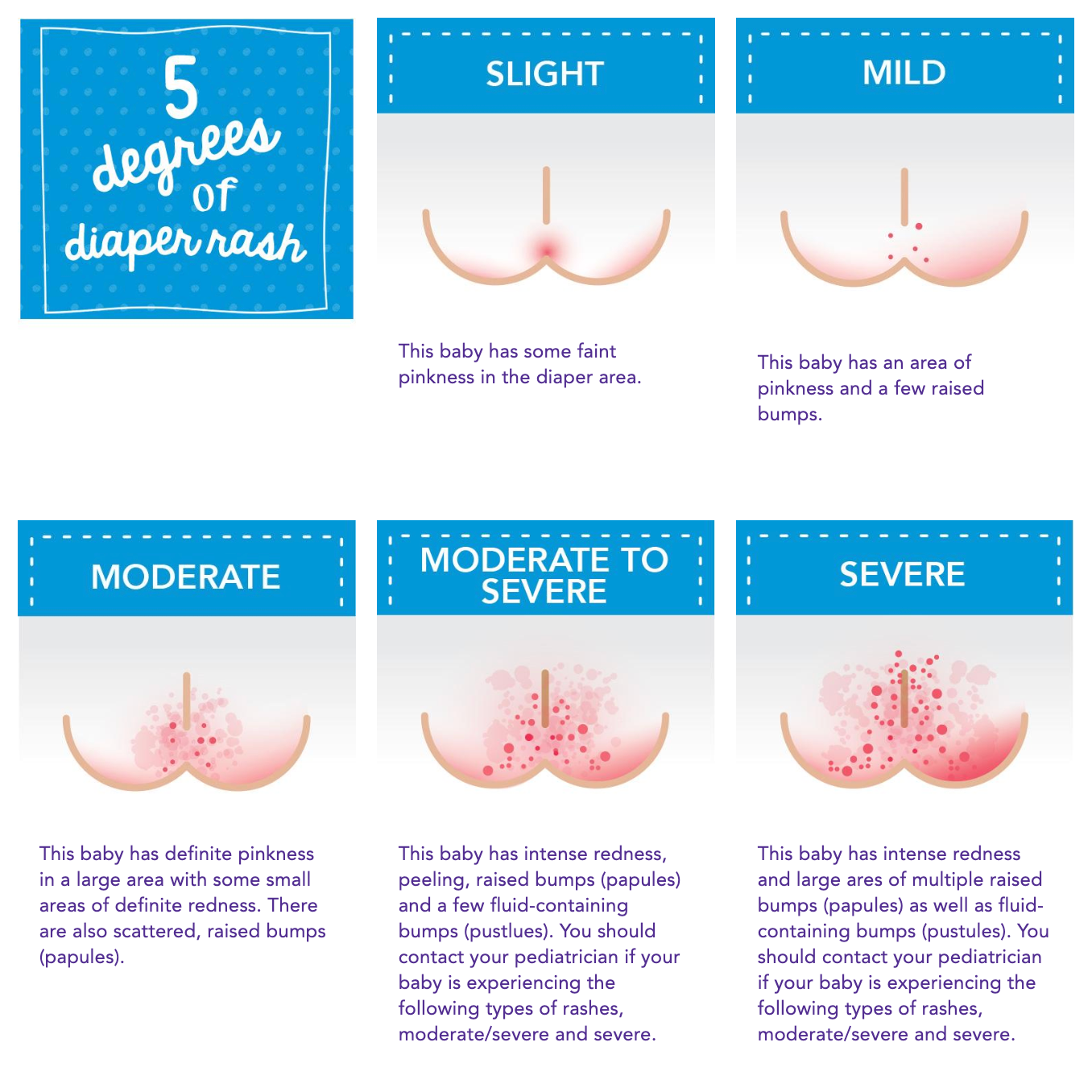
Credit: www.eliandalibaby.com
Preventing Diaper Rash
Diaper rash is a common skin irritation in babies. It can cause discomfort and distress. Preventing diaper rash is key to keeping your baby happy. Follow these tips to avoid diaper rash and ensure healthy skin.
Diapering Tips
- Change diapers frequently to keep the area dry.
- Use super-absorbent diapers to minimize moisture.
- Allow the skin to air dry before putting on a new diaper.
- Avoid tight diapers that can rub against the skin.
- Clean the diaper area gently with water and a soft cloth.
- Use fragrance-free wipes to reduce irritation.
Skin Care Routine
Maintaining a proper skin care routine helps prevent diaper rash. Follow these steps:
- Apply barrier cream or ointment at each change. Zinc oxide is a good choice.
- Bathe your baby daily with mild soap. Pat the skin dry gently.
- Check for any skin changes regularly. Redness or swelling can be early signs of rash.
- Use breathable fabrics for baby clothing. Cotton is a great option.
Table Of Common Barrier Creams
| Barrier Cream | Main Ingredient | Application |
|---|---|---|
| Desitin | Zinc Oxide | Apply with each diaper change |
| Aquaphor | Petrolatum | Use as needed |
| Boudreaux’s Butt Paste | Zinc Oxide | Apply liberally |
Home Remedies
Baby diaper rash can be uncomfortable for your little one. Finding effective home remedies can bring quick relief. Try these natural solutions and preventive measures to keep your baby happy and rash-free.
Natural Solutions
Many parents prefer natural remedies for treating diaper rash. They are gentle and effective. Here are some popular options:
- Coconut Oil: Apply coconut oil to the affected area. It soothes and moisturizes the skin.
- Aloe Vera: Use aloe vera gel to reduce inflammation. Its cooling effect brings immediate relief.
- Oatmeal Bath: Add oatmeal to your baby’s bath. It helps to soothe the irritated skin.
- Baking Soda: Mix a small amount of baking soda with water. Apply it to the rash for relief.
Preventive Measures
Preventing diaper rash is easier than treating it. Here are some steps to keep your baby’s skin healthy:
- Frequent Diaper Changes: Change diapers regularly to keep the area dry.
- Proper Cleaning: Clean the diaper area with warm water and a soft cloth.
- Air Time: Let your baby have diaper-free time. Fresh air helps to heal the skin.
- Use Mild Products: Choose fragrance-free and alcohol-free wipes. Harsh chemicals can irritate the skin.
- Barrier Creams: Apply a thin layer of barrier cream during each diaper change. This protects the skin from moisture.
| Natural Solution | Benefit |
|---|---|
| Coconut Oil | Soothes and Moisturizes |
| Aloe Vera | Reduces Inflammation |
| Oatmeal Bath | Soothes Irritated Skin |
| Baking Soda | Provides Relief |
By using these natural solutions and preventive measures, you can effectively manage and prevent baby diaper rash. Keeping your baby comfortable is essential for their happiness and health.

Credit: www.aquaphorus.com
When To See A Doctor
Baby diaper rash is common and often treatable at home. Sometimes, medical attention is necessary. Knowing when to see a doctor can prevent complications.
Warning Signs
Recognizing warning signs is crucial. Here are some indicators:
- Severe rash: Bright red and covers a large area.
- Blisters or sores: Painful and filled with fluid.
- Fever: Your baby has a temperature over 100.4°F (38°C).
- Pus or discharge: Yellow or green fluid from the rash.
- Unusual behavior: Excessive crying or discomfort.
Professional Treatments
Doctors may recommend various treatments:
| Treatment | Details |
|---|---|
| Prescription creams | Stronger than over-the-counter options. Treats severe rashes. |
| Antifungal medications | Used for yeast infections. Applied as directed. |
| Oral antibiotics | Prescribed for bacterial infections. Taken by mouth. |
Doctors may also give advice on daily diaper care. Follow their instructions for better results.
Choosing The Right Diapers
Selecting the right diaper is crucial for preventing baby diaper rash. The wrong diaper can irritate your baby’s sensitive skin, leading to discomfort and rashes. Understanding the materials and types of diapers available can help you make an informed choice.
Material Matters
The material of the diaper affects your baby’s skin. Natural fibers like cotton are gentle on the skin. Synthetic materials may cause irritation. Look for diapers made with soft, breathable fabrics.
Here are some materials to consider:
- Cotton: Soft, absorbent, and breathable
- Bamboo: Eco-friendly and gentle on skin
- Hemp: Durable and less prone to bacterial growth
- Polyester: Common in disposables, may cause irritation
Disposable Vs. Cloth
Choosing between disposable and cloth diapers depends on your lifestyle and your baby’s needs. Each type has its pros and cons.
| Feature | Disposable Diapers | Cloth Diapers |
|---|---|---|
| Convenience | Easy to use and dispose of | Requires washing and drying |
| Cost | Higher ongoing cost | Higher upfront cost, but cheaper long-term |
| Environmental Impact | More waste and landfill impact | More eco-friendly with less waste |
| Skin Sensitivity | May contain chemicals causing rashes | Made from natural materials, less irritation |
Consider your baby’s skin sensitivity and your lifestyle. Disposable diapers are convenient but can be costly and less eco-friendly. Cloth diapers are gentle on the skin and more sustainable.
Products To Consider
Dealing with baby diaper rash can be challenging for parents. Choosing the right products is essential for healing and prevention. Below are some effective products to consider.
Topical Creams
Topical creams can soothe and heal diaper rash quickly. These creams often contain zinc oxide, which forms a protective barrier on the skin.
- Desitin: Known for its rapid relief, it contains 40% zinc oxide.
- Boudreaux’s Butt Paste: This cream has a thick consistency and is easy to apply.
- Aquaphor Baby Healing Ointment: It is versatile and can be used for other skin issues.
Barrier Ointments
Barrier ointments are another excellent choice. They create a protective layer to prevent moisture from causing irritation.
| Brand | Key Ingredients | Benefits |
|---|---|---|
| Vaseline | Petroleum Jelly | Locks in moisture and protects the skin. |
| A+D Ointment | Lanolin, Petrolatum | Soothes and forms a protective barrier. |
| Triple Paste | Zinc Oxide, Petrolatum | Gentle and effective for severe rashes. |
These products help keep your baby’s skin healthy and rash-free. Always consult a pediatrician for severe or persistent rashes.
Frequently Asked Questions
What Causes Baby Diaper Rash?
Baby diaper rash is caused by prolonged exposure to wet or soiled diapers. It can also result from chafing, sensitivity to diaper materials, or yeast infections. Keeping the diaper area clean and dry can help prevent it.
How Can I Treat Diaper Rash At Home?
Treat diaper rash by changing diapers frequently and keeping the area clean and dry. Use a gentle, unscented diaper cream. Allow your baby’s skin to air out. Avoid using wipes with alcohol or fragrances.
Are Certain Diapers Better For Preventing Rash?
Yes, some diapers are better at preventing rashes. Look for highly absorbent, breathable, and hypoallergenic diapers. Cloth diapers can also be effective if changed frequently. Always choose diapers that suit your baby’s skin sensitivity.
When Should I See A Doctor For Diaper Rash?
See a doctor if the rash persists for more than a few days, worsens, or shows signs of infection, like pus or fever. Medical advice is crucial for severe cases to ensure proper treatment.
Conclusion
Understanding baby diaper rash helps parents manage and prevent it effectively. Proper hygiene and barrier creams are essential. Always consult a pediatrician for persistent issues. By addressing diaper rash promptly, you ensure your baby stays comfortable and happy. Remember, a rash-free baby is a happier baby.

